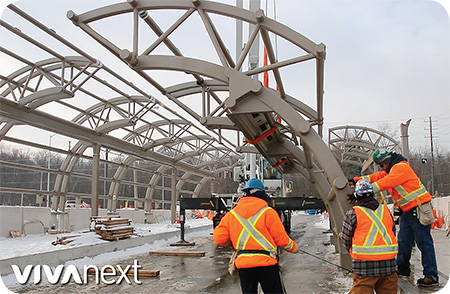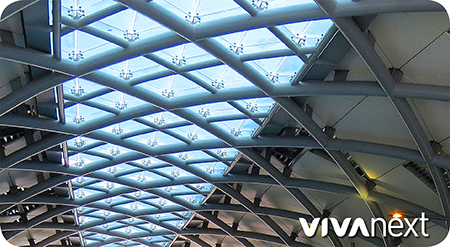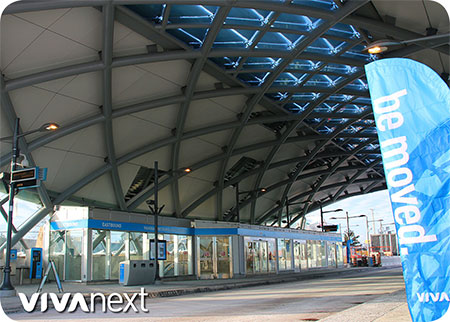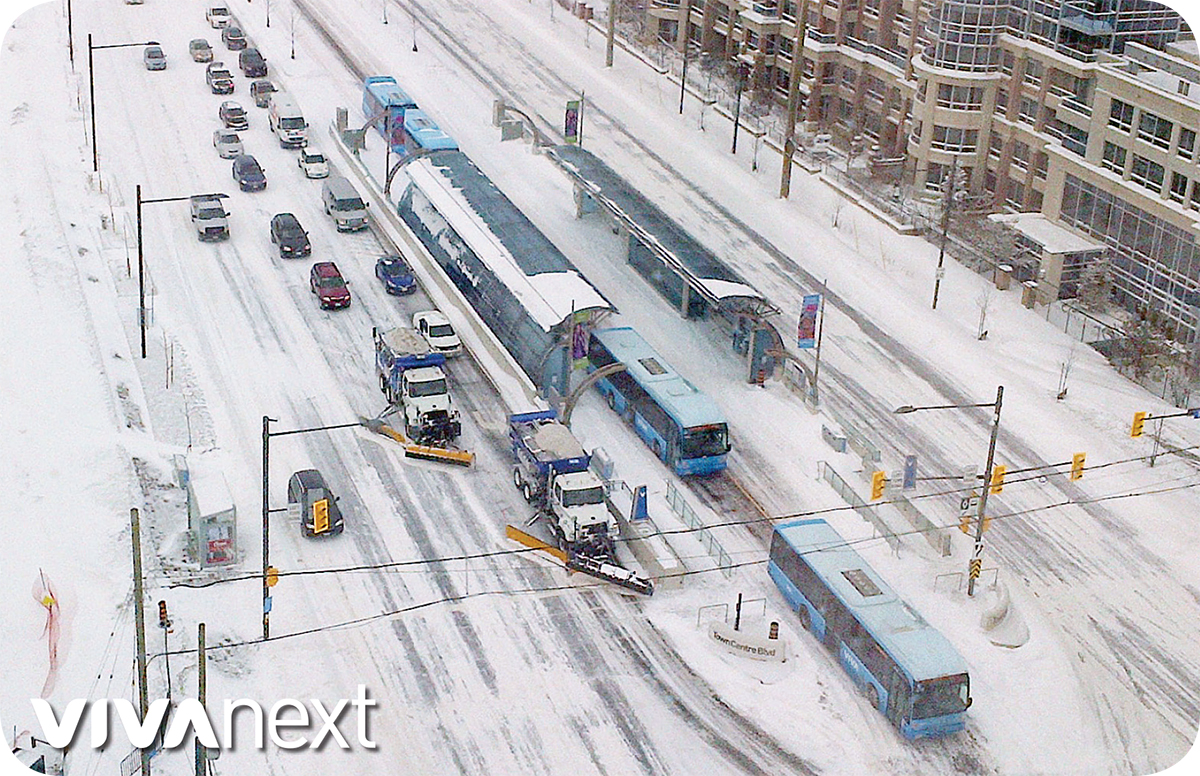
They say it can sometimes take a village to raise a child. Well, the same can be said for winter maintenance in one of our construction zones – we work with local municipalities, cities and towns, and our crews to make the construction zones as safe as possible for pedestrians and drivers.
road and sidewalk maintenance
During construction, road and sidewalk maintenance is the responsibility of the construction contractor within the project areas. But during the winter, the Region and local municipalities are responsible for ensuring the roads and sidewalks are kept clear. Before winter arrives, we ensure every aspect of the construction zones is compatible with the requirements for winter maintenance operations.
This means making sure the snow-clearing equipment can manoeuver through the construction zones, boulevards and platforms. Our design work and construction staging plans have always had those requirements top of mind, but we walk through the sites with Regional and municipal staff again before winter to identify any little details that might impede their operations.
During winter, we work closely with the constructor to repair potholes, ensure proper signs are installed, organize construction barrels for proper delineation for motorists and pedestrians, etc. We also take steps to ensure traffic moves through the winter, including making travel lanes as straight as possible through the construction zones, and ensure traffic markings are clear.
municipal versus regional roads
Did you know there are more than 50 Regional roads in York Region? Regional roads are usually main arterial roadways that connect the nine local municipalities to one another. These roads are operated and maintained by York Region, and each is identified by a numbered Regional road sign. Local roads are operated and maintained by local municipalities.
This means that the Region is responsible for clearing snow from Regional roads. Similarly, Towns are responsible for clearing snow from municipal roads. The Region often has agreements with municipalities, where the Town is responsible for clearing snow from sidewalks on the Regional right of way
challenges from Mother Nature
Living in Canada, we all know how cruel Mother Nature can be. The fluctuating temperatures and general unpredictability of weather can sometimes cause havoc on our construction sites.
Our construction zones often suffer from the freeze and thaw of winter, meaning road bumps or potholes can appear (and appear often they do!). Potholes and road bumps often appear due to general wear-and-tear, and not as a sole result of construction. Regardless, crews from the Region and our contractor, are out repairing these road settlements often. Road cuts and temporary asphalt patches are only effective when applied on dry pavement and temperature above 6 °C.
These are just some of the ways we work with our Regional partners and constructor to make the construction zones as safe as possible for pedestrians and drivers. Our crews remain busy with the fluctuating weather, so sign up for electronic construction updates.

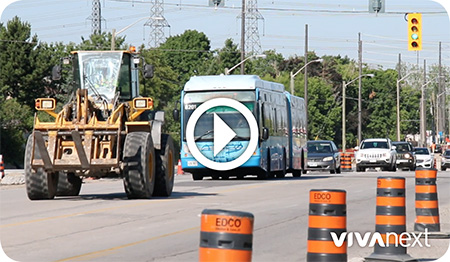
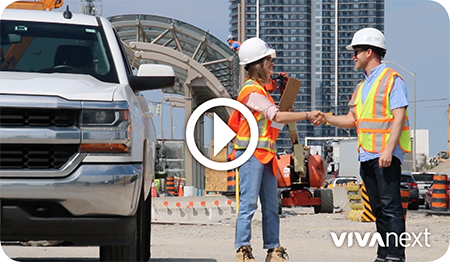
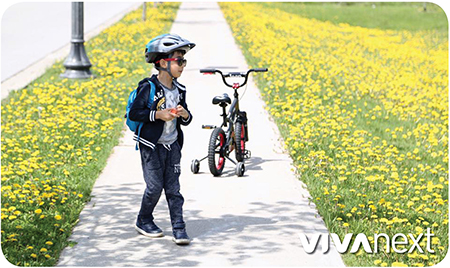
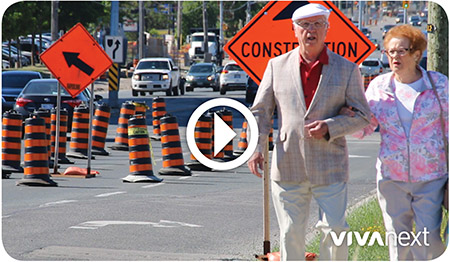
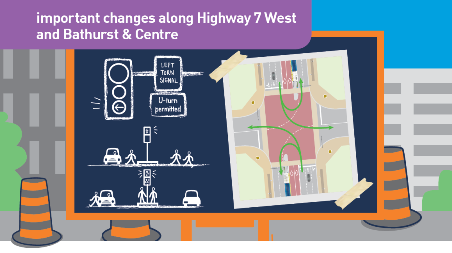

![we’re preparing for spring [despite what the groundhog may say…]](http://www.vivanext.com/blog/vivanext.com/blog/wp-content/uploads/2018/02/Blog_Corp_2018_02_02_Preparing_for_Spring.jpg)
